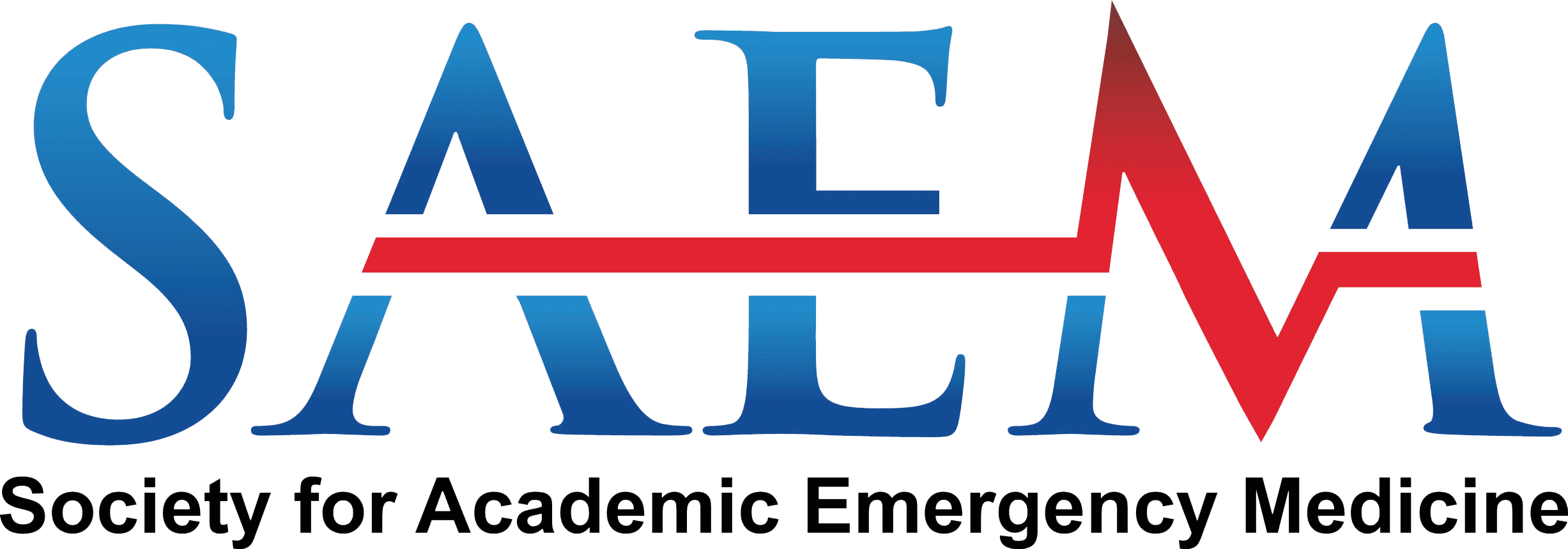Resident
Home
/
Publications
/
SAEM Publications
/
RAMS Roadmaps
/
Undersea and Hyperbaric Medicine
/
Resident

- Be Vocal: This goes without saying, but say that you are interested! If you are already completing your residency at an institution that has an undersea and hyperbaric medicine (UHM) fellowship, find the faculty already involved and ask how you can get involved as well. If not, ask how you can work with your program to gain such experience.
- Look for Cases: Residents that are interested in this career path are encouraged to seek opportunities tailored to specificity within UHM in their respective fields (i.e. treating carbon monoxide poisoning or diving injuries in emergency medicine (EM)).
- Research: Research in this area is helpful as well as completing rotations in areas largely impacted by hyperbaric medicine. In doing so, a resident can gain more experience in this field and also establish a relationship with a mentor. Research can also lead to national presentations, publication, and recognition.
- Meetings and Mentors: The UHM section of the American College of Emergency Physicians (ACEP) hosts an annual meeting if residents are interested in connecting with mentors in that way and making their interests known. See the fellowship section for additional conferences in which residents may also partake. You can also contact your local hyperbaric chamber center or wound care center to talk about careers and, in doing so, find a mentor this way.
- Preparing for Fellowship: Keep in mind that a UHM fellowship is highly competitive, ranging from only one to four spots per year. Also, keep in mind that fellowships may require up to three letters of recommendation and a personal statement in addition to your CV, so it is important to establish good rapport with your faculty. Start preparing your application and CV from the start of residency, and show your interest and commitment by putting yourself on display with all your experiences. Some applicants make the mistake of applying later in the year (i.e. September/October) when positions have already been filled, so aim to send your applications as early as possible. Acceptance of applications can start as early as July. You will likely be sending your portfolio directly to the fellowship program. There is no match process like with residency, but rather you will interview with the fellowship director and other faculty.
